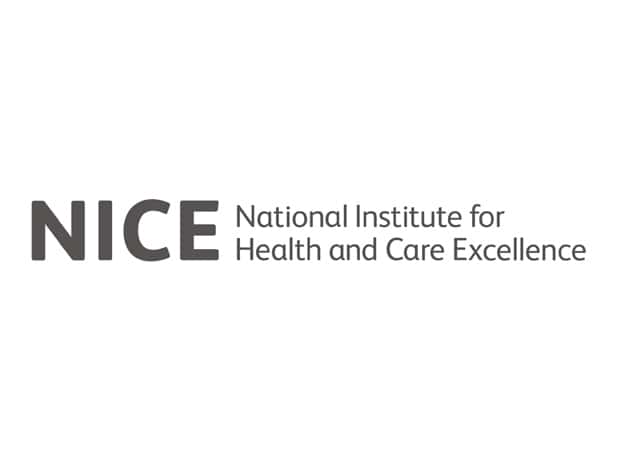The National Institute for Health and Care Excellence (NICE) has issued a new draft antimicrobial prescribing guidance on leg ulcer infections in adults.
The guidance comes amongst worries that the overuse of antimicrobials is contributing to a global threat of worldwide antimicrobial resistance. A recent UN report showed that if left unchecked, antimicrobial resistance could cause as many as 10 million deaths per year by 2050, and the UK Government recently renewed its ambition to tackle the deadly problem.
Leg ulcers are chronic sores that can take more than four to six weeks to heal, and are commonly found on the inside leg just above the ankle.
The guide states that health professionals “need to be aware that there are many causes of leg ulcers and although many ulcers are commonly colonised with bacteria, most leg ulcers are not infected.
“It’s important to note that antibiotics do not promote healing if a leg ulcer is not infected. If symptoms do not improve, however, a sample from deep within the ulcer should be sent for microbiological testing.”
It also recommends that initially, oral antibiotics should be given if the person is able to take them. If intravenous antibiotics are given, their use should be reviewed after 48 hours taking into consideration any microbiological results, worsening of symptoms and/or patient response to treatment. Flucloxacillin is the first choice of oral antibiotic and should be administered at 500mg four times a day for seven days.
The committee found that first-choice oral antibiotic in adults with an infected leg ulcer should be flucloxacillin (a penicillin) and alternative first-choice antibiotics in adults with penicillin allergy or in whom flucloxacillin is unsuitable should be clarithromycin, or erythromycin (in pregnancy; macrolides) or doxycycline (a tetracycline) because they all have a similar spectrum of activity to flucloxacillin.










